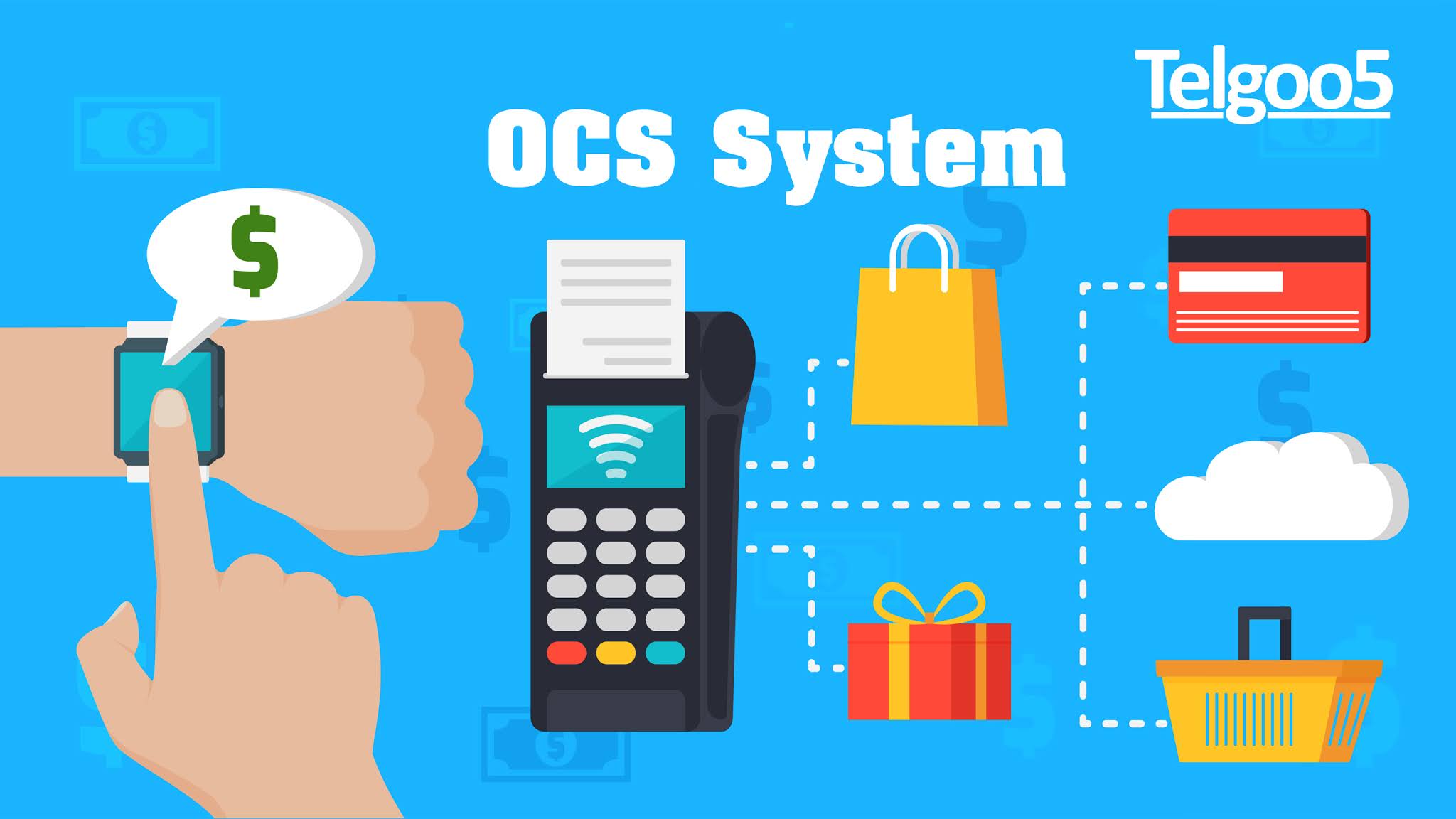Brace Up to the New Challenges with Convergent Billing and OCS System
The commercial success of the Online Charging System (OCS) deployed by telcos is a testament to the ever-evolving telecom billing technology. Not so long ago, it was hard to fathom how telcos will be able to accommodate so many new offerings (like 2G, 3G,4G, VAS, OTT etc.) as part of their service. But with consistent development, we are at a juncture where we see convergent billing and real-time charging making things simpler than ever before for both customers and the operators. But the work of telcos has not ended yet. With 5G and even 6G beckoning; and IoT becoming the next big thing in the market, the time to evolve has only just started.
The Age-Old Formula of Success
Before we go any further and analyze what the future holds for the telecom industry, it is best to first look at the basic formula that has worked so well for telcos. It has always being the ability to adapt one’s billing according to the services that need to be offered, which has driven MNOs (Mobile Network Operators) to success. In other words, it is how fast and how well you can adapt to the ever-changing telecom charging system architecture that dictates your success over competitors. Therefore, it has become imperative that you keep yourself armed with a competent OCS system, which can adjust to the future requirements. Flexibility, versatility, multi-tenancy and convergence are the key ingredients for a worthwhile telecom billing system.
The Evolution of Billing Systems
In the latter part of the 20th century, telcos realized that their offline charging system was causing revenue leakage as it was not able to provide charging information before a service was delivered. This was causing problems, especially in prepaid billing. To fix this problem, an IN-based system was conceptualized that was able to authenticate users and check their account balances before delivering services. It worked well but it had some restrictions in terms of creating flexible plans. After that, OCS was conceptualized, which could not only charge customers in real time but also allowed telcos to launch attractive bundles of services with great flexibility. In 2010, we saw our first glimpse of convergent billing. The convergent billing system allowed for the integration of several service charges onto a single customer invoice, which provided more transparency in telecom billing.
What The Future Holds for the Telecom Industry?
As AI (Artificial Intelligence) becomes the new trans-formative technology, we are more than likely to see a shift towards data sciences dictating the telecom operations of the future. The vast amount of data crunching would require you to have access to state-of-the-art quantum computers and probably an OCS version 2 for getting the job done. Also, we are expected to see the erstwhile OSS/BSS model (which assigns computer systems for pre-designated tasks and is highly inefficient) become obsolete and phased out. Instead, we will have technologies like NFV (Network Function Virtualization) and SDN (Software Defined Network) that will drive a new OSS/BSS model with better utilization of resources.



Comments
Post a Comment
Please do not enter any spam link in the comment box.